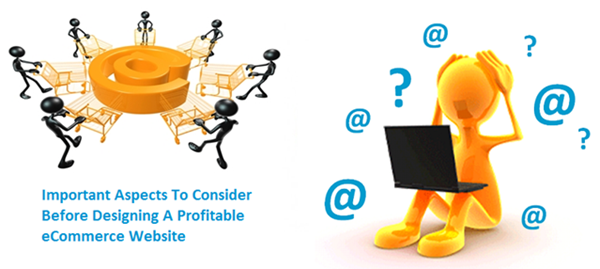In the competitive world of online shopping, your e-commerce website’s design can make or break your business. A visually appealing, user-friendly, and conversion-optimized e-commerce site not only improves the user experience but also drives more sales and builds customer loyalty.
Whether you’re starting an online store or redesigning an existing one, following these best practices for designing e-commerce websites in 2025 will give you an edge in the digital marketplace.
1. Mobile-First Design is a Must
Over 70% of e-commerce traffic now comes from mobile devices. Designing your site with a mobile-first approach ensures that users have a seamless experience regardless of screen size.
Tips:
-
Use responsive layouts and images
-
Optimize for thumb navigation
-
Keep forms and CTAs simple on mobile
2. Fast Loading Speed Enhances Conversions
Page speed is crucial for both SEO and user satisfaction. A delay of even a second can cause potential buyers to abandon their carts.
Tips:
-
Compress images and use modern formats (e.g., WebP)
-
Minimize HTTP requests
-
Implement lazy loading for media
3. Clear and Intuitive Navigation
Shoppers should be able to find what they’re looking for within a few clicks. A clutter-free navigation menu improves usability and reduces bounce rates.
Tips:
-
Use categories and subcategories
-
Include a search bar with autocomplete
-
Keep the navigation menu visible and accessible
4. High-Quality Product Images and Videos
Visual content sells. Showcase your products with high-resolution images and demo videos to increase customer confidence.
Tips:
-
Offer multiple images from different angles
-
Include zoom and 360° view options
-
Add lifestyle images to show products in use
5. Clear and Compelling Call-to-Actions (CTAs)
CTAs guide users toward taking action—whether it’s adding a product to the cart or checking out. Make them prominent and persuasive.
Tips:
-
Use action-driven language (e.g., “Buy Now”, “Get Yours”)
-
Contrast CTA buttons with the background
-
Position CTAs above the fold and throughout the page
6. Easy and Secure Checkout Process
A complicated checkout process is one of the top reasons for cart abandonment. Keep it smooth, short, and trustworthy.
Tips:
-
Offer guest checkout options
-
Minimize the number of steps
-
Show trust signals like SSL certificates and badges
7. Personalization and Smart Recommendations
Using AI to personalize product recommendations boosts average order value and improves customer satisfaction.
Tips:
-
Display “Recently Viewed” or “You May Also Like”
-
Use browsing and purchase history to suggest products
-
Personalize homepage banners and emails
8. Use Social Proof to Build Trust
People trust people. Add user-generated content and reviews to reassure new customers.
Tips:
-
Include product ratings and written reviews
-
Showcase customer photos and testimonials
-
Add trust badges and social media mentions
9. SEO Optimization for Organic Traffic
Great design should be discoverable. Optimize every page to rank well in search engines.
Tips:
-
Use SEO-friendly URLs and titles
-
Optimize product descriptions and meta tags
-
Implement schema markup for products
10. Accessibility and Inclusivity
Design your site so that everyone, including users with disabilities, can navigate and interact with it easily.
Tips:
-
Use proper contrast and font size
-
Add alt text for all images
-
Ensure keyboard navigation works
Final Thoughts
Designing an effective e-commerce website in 2025 is about more than just aesthetics. It’s about creating a smooth, fast, and delightful shopping experience that builds trust and drives sales. By implementing the above best practices, you’ll be well on your way to building an online store that not only looks great but performs like a sales machine.
Ready to design your e-commerce site? Focus on user experience, performance, and trust—and the conversions will follow.






